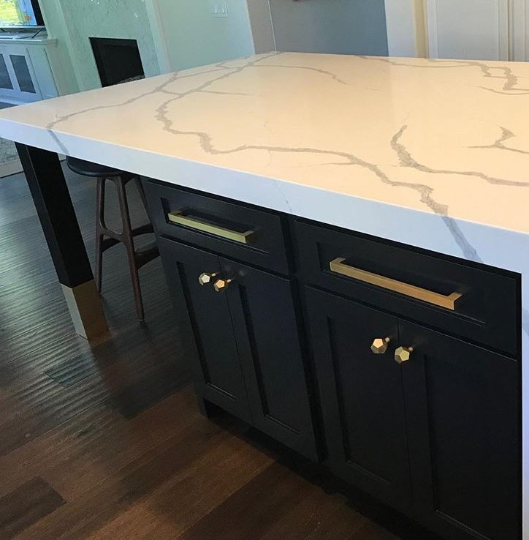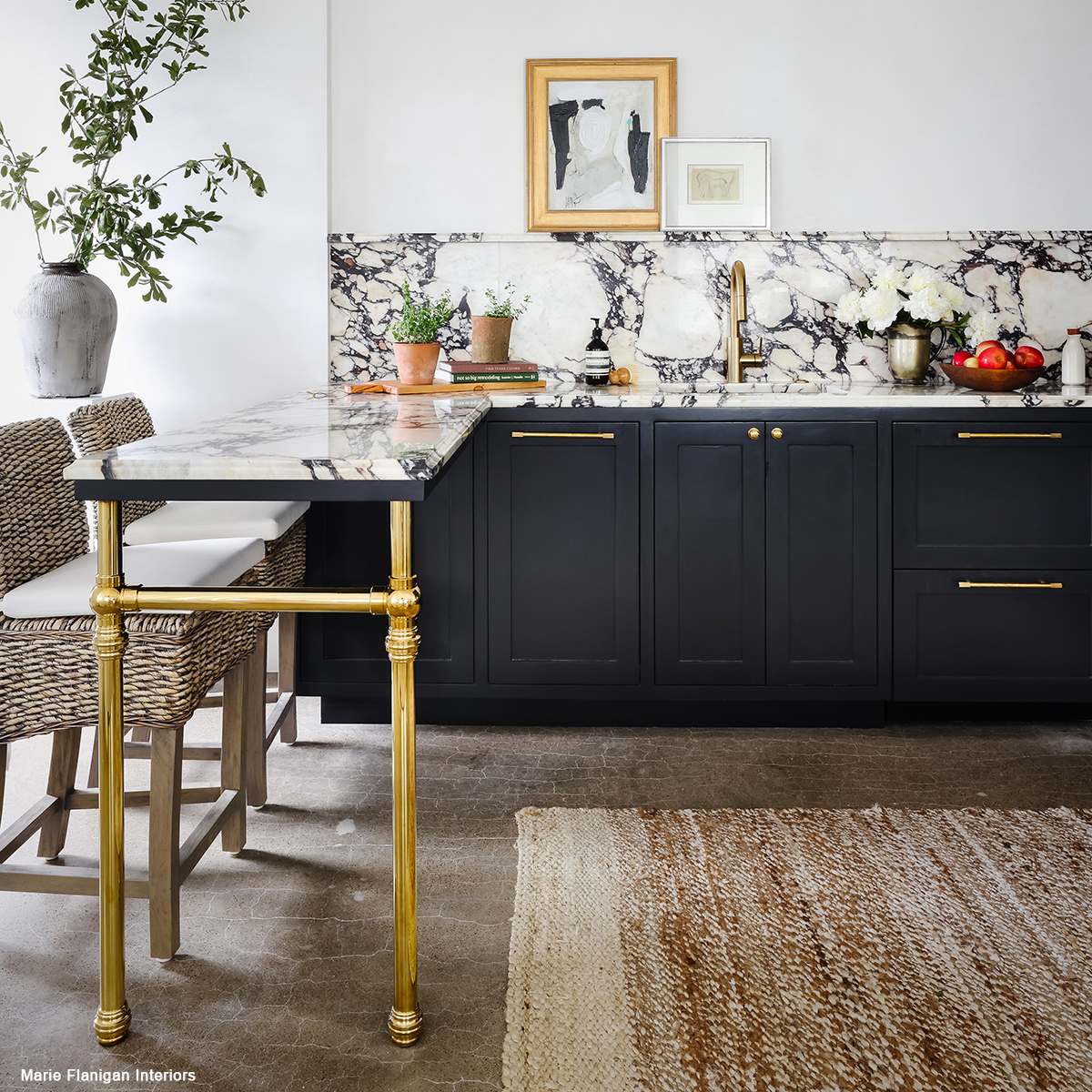Discover Affordable and Chic Solutions in Legs For Kitchen Island Updates
Discover Affordable and Chic Solutions in Legs For Kitchen Island Updates
Blog Article
Essential Factors to Take Into Consideration When Picking Legs For Cooking Area Island
Choosing the ideal legs for a kitchen area island entails a cautious assessment of several variables that can considerably affect both functionality and visual allure. As we explore these components, it becomes clear that each choice can have far-reaching ramifications for the general cooking area experience.
Material Options
When choosing legs for a cooking area island, understanding the different product options is necessary for attaining both aesthetic charm and architectural honesty (Legs For Kitchen Island). The choice of material significantly influences not only the longevity of the island but likewise its general style and capability
Steel legs, commonly made from stainless steel or functioned iron, add a commercial and contemporary feel while guaranteeing sturdiness and stability. These materials are resistant to put on and can sustain significant weight, making them suitable for bigger islands.
One more option is engineered products, like MDF or plywood, which can be extra cost-efficient while still supplying a variety of surfaces. However, they might not give the exact same level of stability as strong timber or metal. Products such as acrylic or glass can produce a contemporary appearance, though they may call for extra support to make certain security.
Ultimately, the option of material for cooking area island legs must align with the wanted performance and the overall style of the kitchen.
Design And Style

When considering design, the shape and coating of the legs are important. Conical legs can supply a sense of agility and sophistication, while thicker, much more robust legs can convey stamina and stability. In addition, the finish-- be it painted, discolored, or natural-- need to complement the kitchen cabinetry and kitchen counter materials to develop a unified look.
Furthermore, the layout of the legs can additionally mirror individual preference. Custom-made or ornamental legs, such as those featuring intricate makings or one-of-a-kind geometric forms, can function as focal factors, including character and personality to the kitchen. Inevitably, the ideal option will not just enhance performance but additionally boost the aesthetic appeal, making the cooking area island a standout function of the home.
Height Factors To Consider
Choosing the ideal elevation for kitchen island legs is crucial, as it straight impacts both capability and convenience. The basic elevation for a kitchen island commonly varies from 36 to 42 inches, aligning with usual countertop elevations. A 36-inch height is excellent for food prep work and cooking, allowing for comfy use cooking area appliances and devices. Conversely, an elevation of 42 inches is frequently favored for islands intended for bar seating, fitting taller feceses and providing an informal dining experience.

It is additionally necessary to account for customers' preferences and elevations. Tailoring the elevation can make sure a comfortable experience for all relative, making the kitchen area island a much more satisfying and practical area.
Weight Support
Making certain adequate weight assistance for cooking area island legs is essential for both security and functionality. The kitchen island often offers multiple objectives, including food prep work, dining, and extra storage, requiring a robust assistance structure. When picking legs, it is important to take into consideration the general weight ability required based upon the island's planned use and the products that will be put on it.
The selection of material for the legs plays a considerable duty in their weight-bearing abilities. Strong timber, metal, and durable compounds typically supply superior stamina contrasted to lighter products. Additionally, the style of the legs-- whether they are right, tapered, or have a pedestal kind-- can influence their capability to disperse weight properly across the structure.
Always speak with the producer's specs concerning tons limits to make sure that the legs can maintain the desired weight without endangering safety and security. In recap, choosing kitchen island legs with adequate weight support is essential for developing a useful and risk-free culinary room.
Installment and Upkeep
Appropriate installation and upkeep of cooking area island legs are important for guaranteeing longevity and security. To start, it is necessary to comply with the manufacturer's standards during installation. This usually entails protecting the legs to the island base utilizing suitable fasteners, making certain that the legs are level and aligned. Using a level device can help protect against tottering and enhance the general visual charm of the cooking area island.
When mounted, regular upkeep is necessary to protect the honesty and appearance of the legs - Legs For Kitchen Island. For wood legs, periodic cleaning with a wet cloth and application of appropriate timber polish can stop dampness damage and preserve their coating. Metal legs might call for a gentle cleaning option to get rid of grease and gunk, adhered to by a dry cloth to stop rust formation
In addition, evaluate the legs routinely for indications of wear or damages, such as fractures or loosened joints. Tightening up screws or bolts as required can additionally lengthen the life-span of the legs. By sticking to these installation and maintenance practices, homeowners can guarantee that their kitchen island remains durable and visually appealing for years to find.
Final Thought

Visual coherence is critical in click to read more choosing the design and layout of legs for a kitchen island, as these aspects greatly influence the general atmosphere of the room. Conical legs can give a sense of lightness and style, while thicker, more robust legs can communicate stamina and stability.Selecting the proper elevation for kitchen area island legs is crucial, as it directly influences both functionality and convenience. In recap, picking cooking area island legs with adequate weight support is essential for creating a safe and functional culinary area.
In final thought, selecting legs for a kitchen island necessitates mindful factor to consider of numerous aspects, consisting of material options, design, elevation, weight assistance, and setup.
Report this page